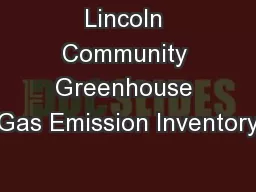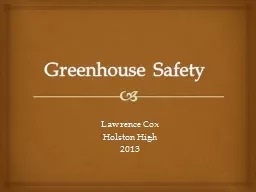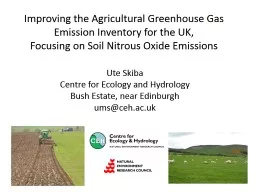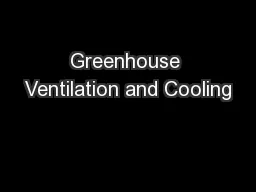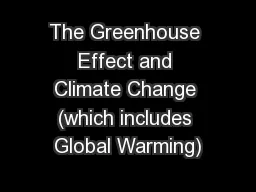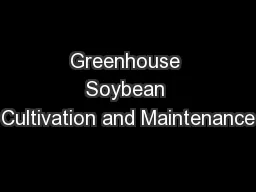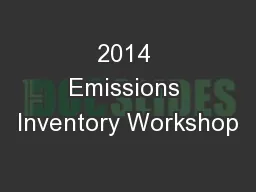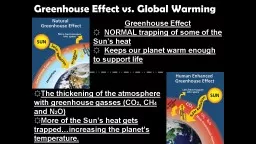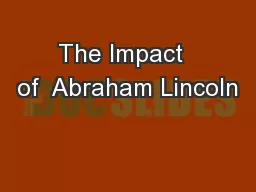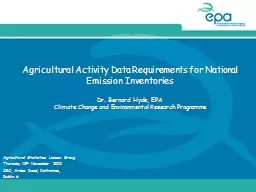PPT-Lincoln Community Greenhouse Gas Emission Inventory
Author : test | Published Date : 2018-09-21
Calendar Year 2008 Prepared by LincolnLancaster County Health Department Presented by Doug Tangeman EEI Overview Background and Methods Emissions Breakdown Key
Presentation Embed Code
Download Presentation
Download Presentation The PPT/PDF document "Lincoln Community Greenhouse Gas Emissio..." is the property of its rightful owner. Permission is granted to download and print the materials on this website for personal, non-commercial use only, and to display it on your personal computer provided you do not modify the materials and that you retain all copyright notices contained in the materials. By downloading content from our website, you accept the terms of this agreement.
Lincoln Community Greenhouse Gas Emission Inventory: Transcript
Download Rules Of Document
"Lincoln Community Greenhouse Gas Emission Inventory"The content belongs to its owner. You may download and print it for personal use, without modification, and keep all copyright notices. By downloading, you agree to these terms.
Related Documents

